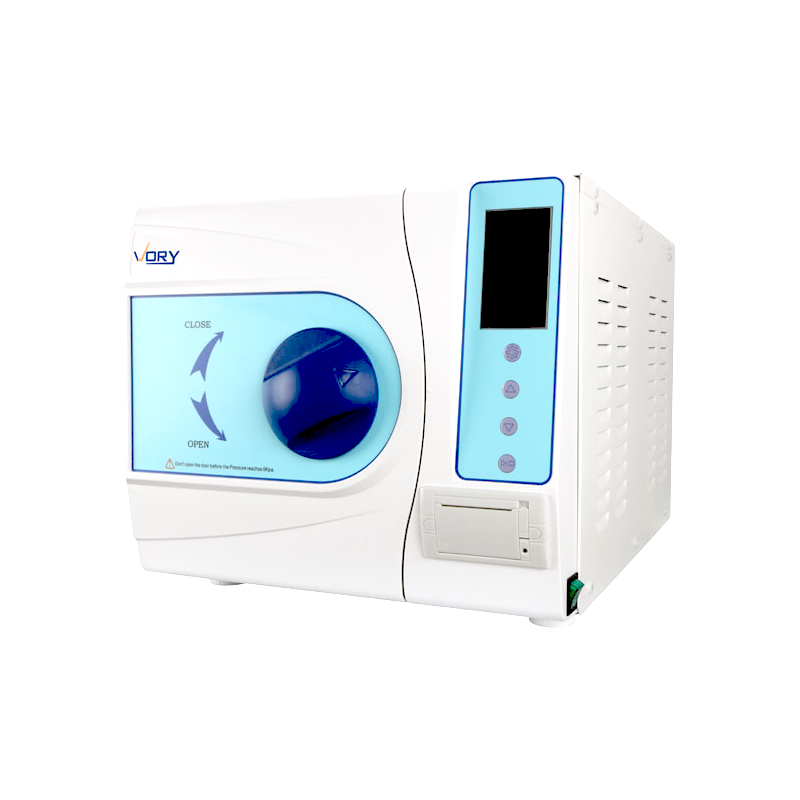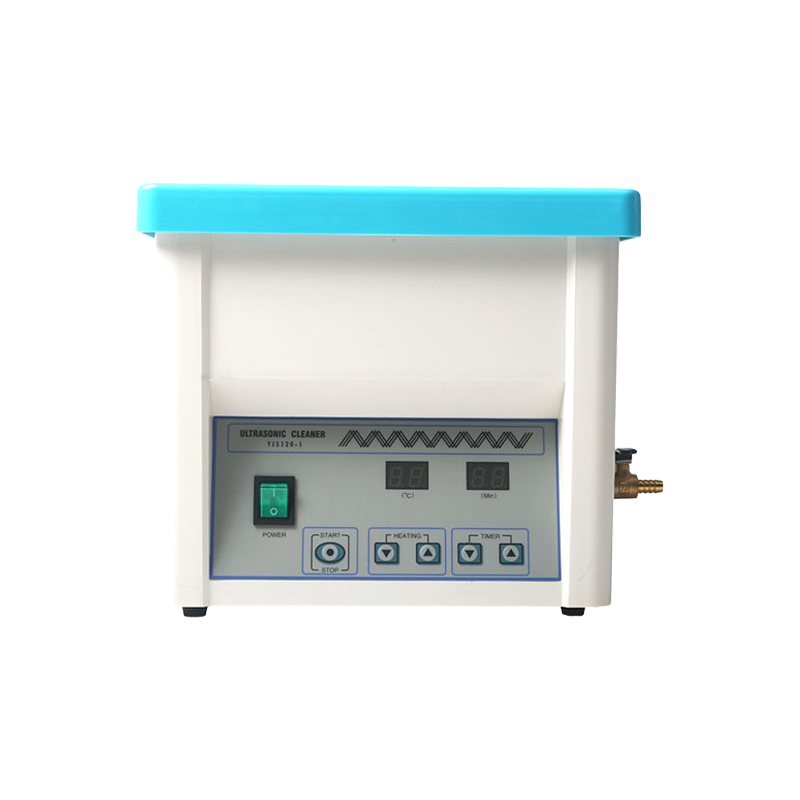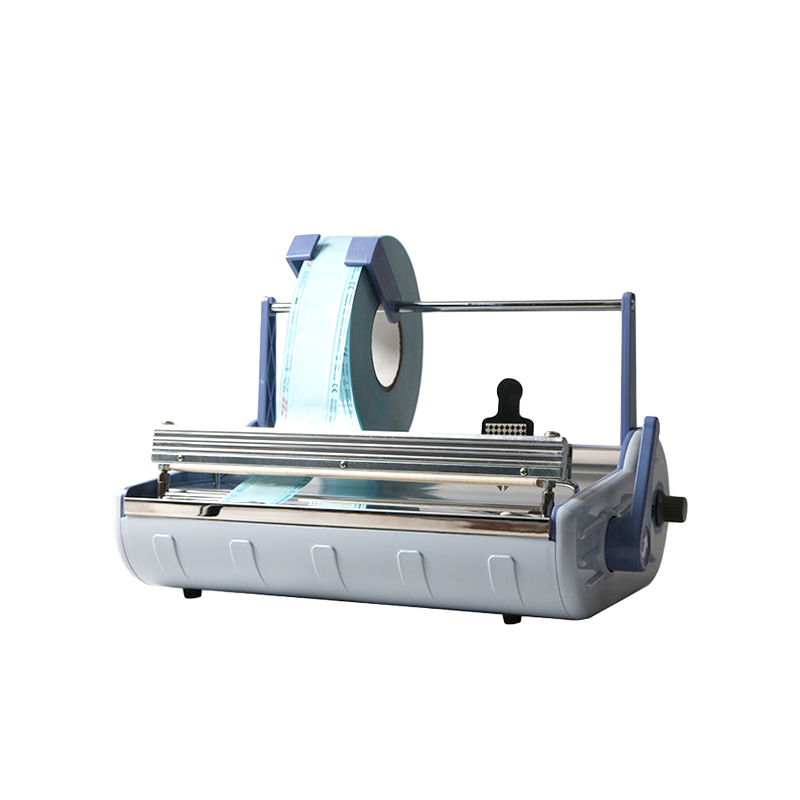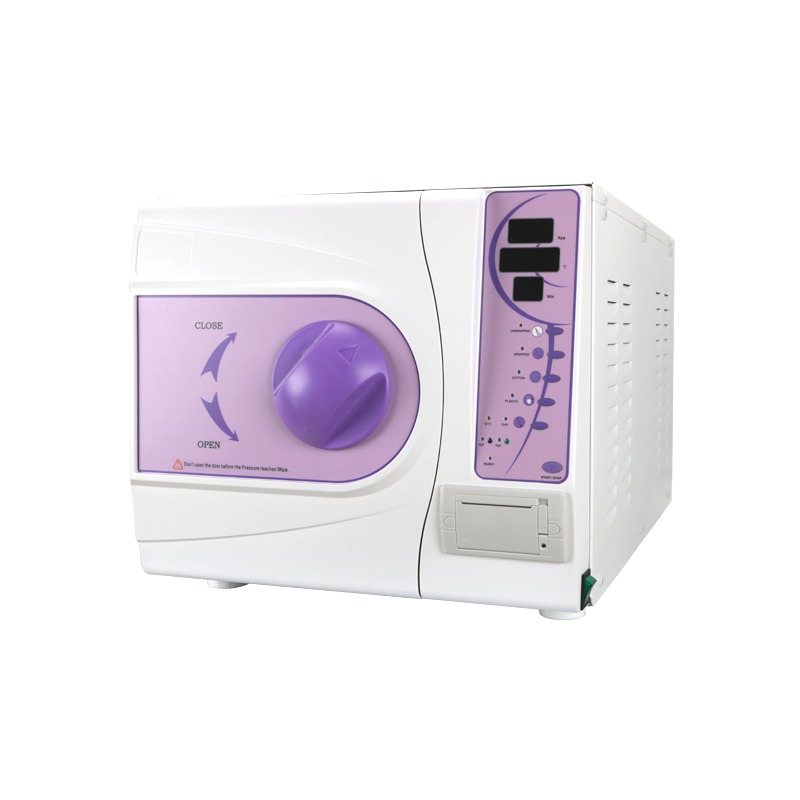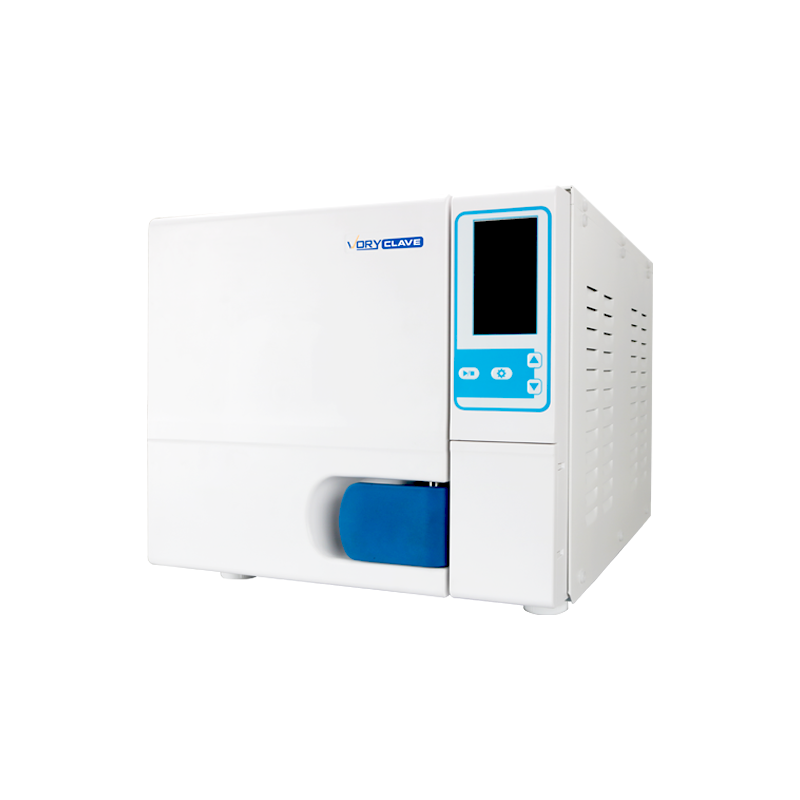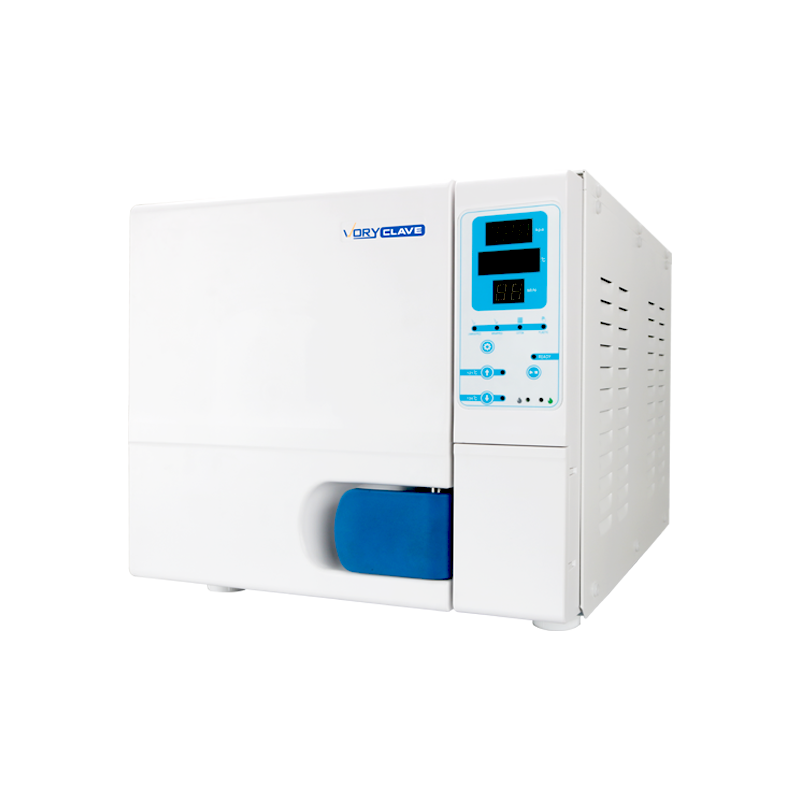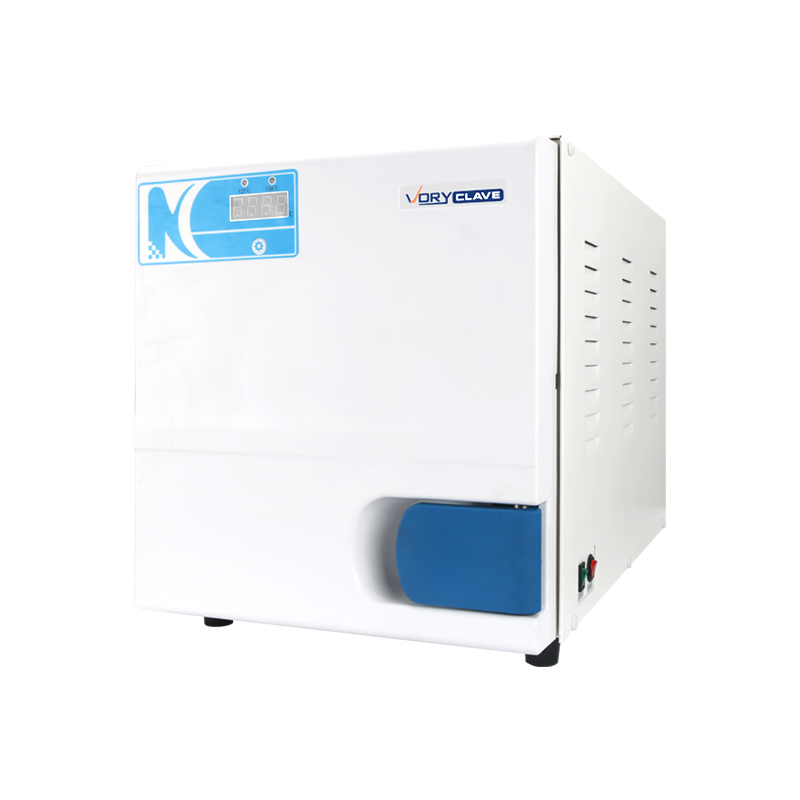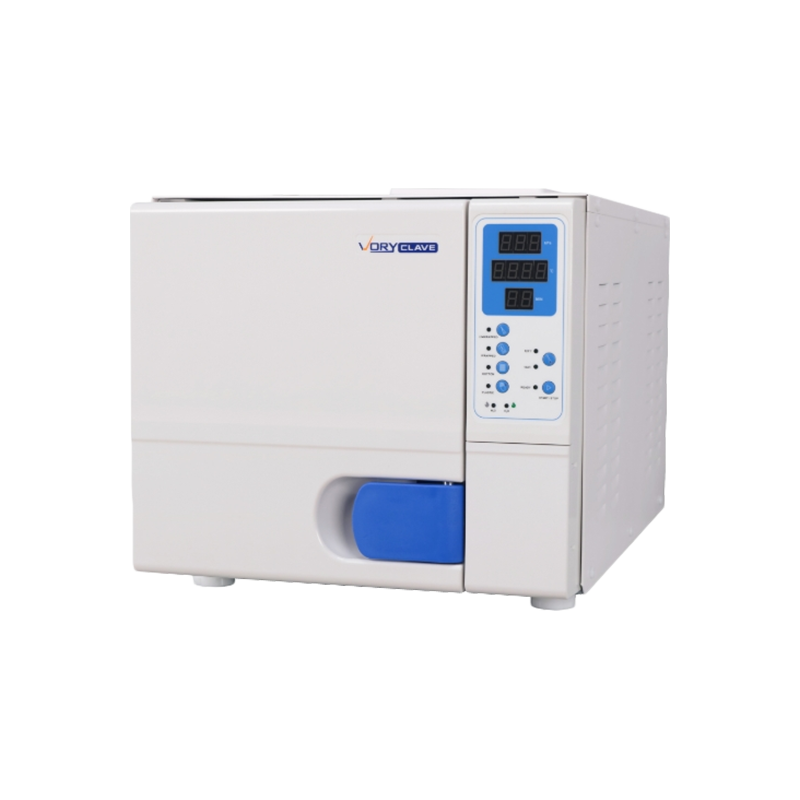The cleaning process of
Ultra Sonic Cleaner is a very complicated process, and only a brief introduction is made here. The ultrasonic effect includes the energy effect of the ultrasonic wave itself, the energy effect released when the cavity is destroyed, and the stirring and flowing effect of the ultrasonic wave on the medium.
1. The energy effect of ultrasonic wave: Ultrasonic wave has high energy. When it propagates in the medium liquid, it transmits the energy to the medium particle, and the medium particle transmits the energy to the surface of the cleaning object and causes the dissociation and dispersion of the dirt. A sound wave is a longitudinal wave, that is, the vibration direction of the media particle is consistent with the propagation direction of the wave. In the process of longitudinal wave propagation, the movement of media particles causes uneven distribution of particles, and areas with different density and density appear. In the sparse distribution of particles, the sound wave forms negative sound pressure, and in the dense distribution area, the sound wave forms positive sound pressure, and forms negative sound pressure and positive sound pressure. The alternating and continuous change of sound pressure, this change not only makes the media particles obtain a certain kinetic energy but also obtain a certain acceleration. The energy effect of high-frequency ultrasonic waves is extremely large. When the media particles with energy interact with the dirt particles, the energy is transferred to the dirt and causes their dissociation and dispersion.
2. The role of energy released when the cavity is destroyed: ultrasonic waves, like ordinary sound waves, propagate in the medium and move in a straight line. The speed of movement is related to the medium. The propagation speed is different in different mediums. The frequency of the ultrasonic wave is higher than that of the usual sound wave, so the wavelength is short and the energy is high.
When the ultrasonic wave traveling in a straight line in the medium reaches the interface with other substances, transmission and reflection will occur. The degree of transmission and reflection is determined by the acoustic impedance rate of the material that constitutes the interface. The acoustic impedance rate is a certain sound transmission medium. The ratio of sound pressure to particle velocity for a given surface. All kinds of sound transmission media have a fixed acoustic impedance rate. When the ultrasonic wave travels to the interface of two media with a large difference in acoustic impedance, mainly reflection occurs, while at the interface between two media with similar acoustic impedance, transmission mainly occurs. For example, when the ultrasonic wave travels to the water-air interface, since the air density is much smaller than that of water, the acoustic impedance rate is also far different, so the sound wave is mainly reflected at this time; also when the ultrasonic wave travels to the water-steel interface, due to the two media There is a large difference in the acoustic impedance between the two, so mainly reflection occurs. When the ultrasonic wave travels to the water-plastic interface, because the acoustic impedance between the two media is similar, the ultrasonic wave mainly transmits.
After the reflected ultrasonic wave is synthesized with the advancing ultrasonic wave, when the phase difference of each point remains stable, resonance occurs, and it superimposes and strengthens each other at certain fixed positions, and the medium is prone to cavities at these positions.
Since the ultrasonic wave propagates forward in the way of repeated alternating changes of positive pressure and negative pressure, tiny vacuum holes are created in the medium during negative pressure, and the gas dissolved in the medium will quickly enter the holes and form bubbles; In the positive pressure stage, the cavitation bubble is adiabatically compressed and finally crushed. When the bubble bursts, a huge impact will be formed around the cavity, so that the liquid or solid near the cavity will be subjected to a high pressure of thousands of atmospheres. Release huge energy. This phenomenon occurs violently in the ultrasonic field in the low frequency range. When the cavity is suddenly blasted, the dirt film on the surface of the object can be broken to achieve the purpose of decontamination.

